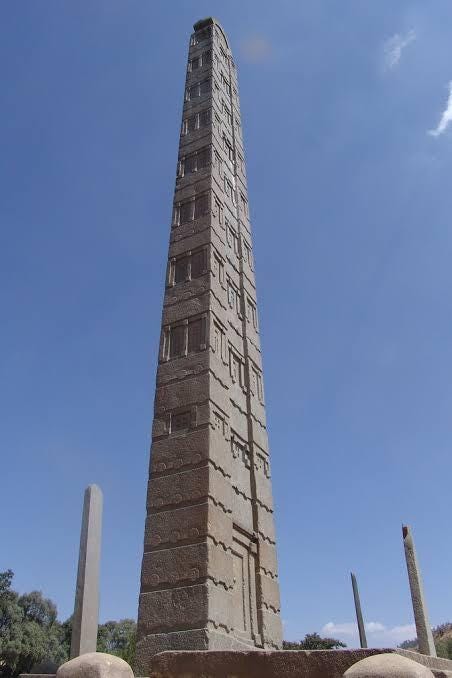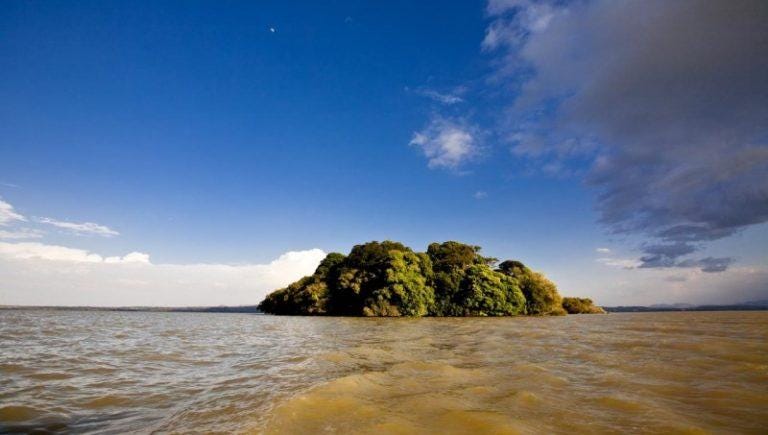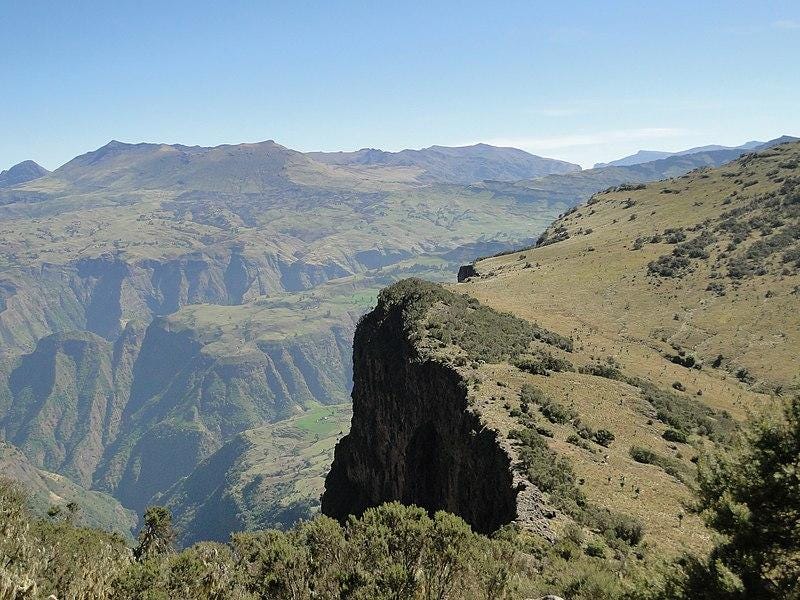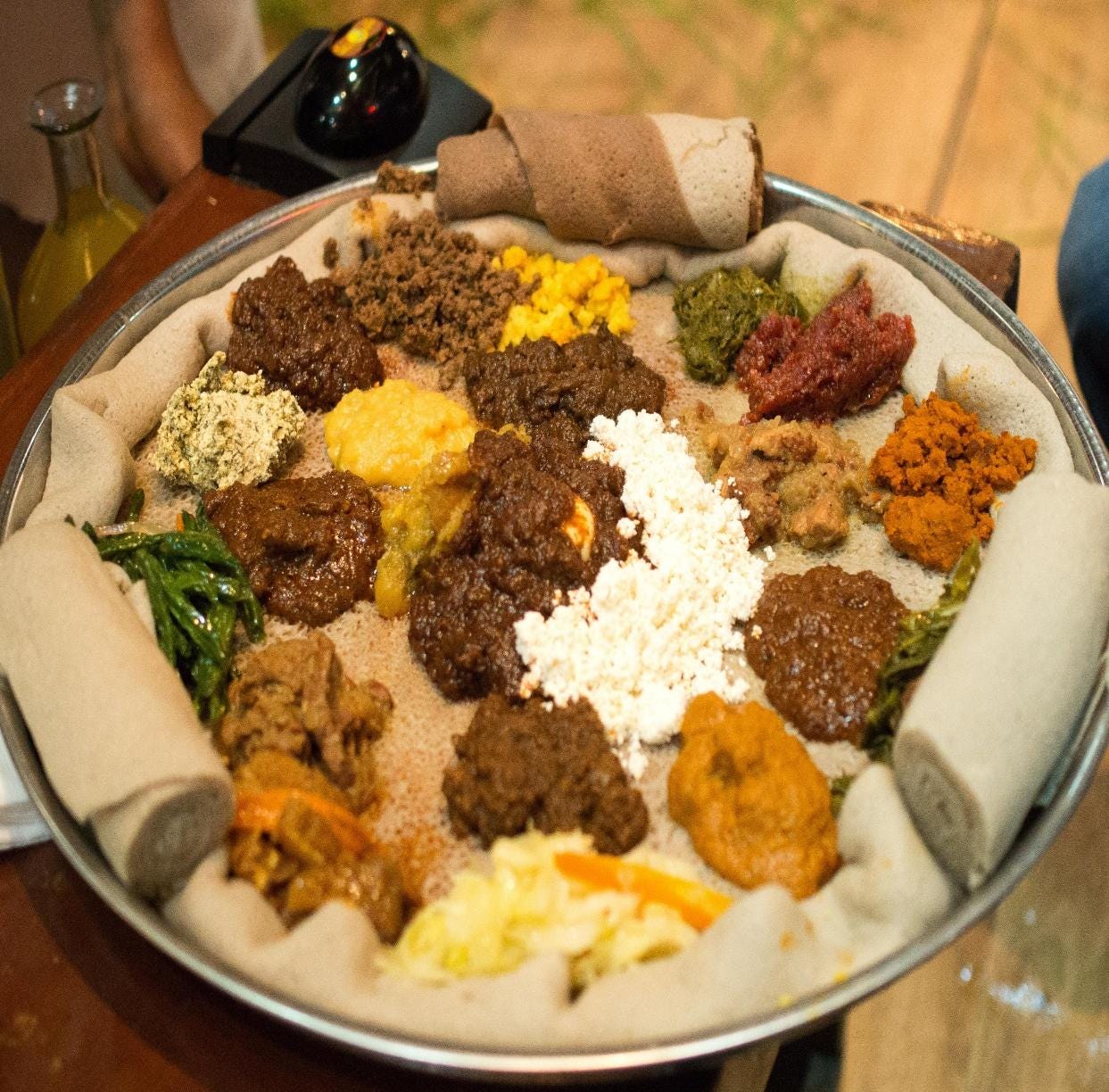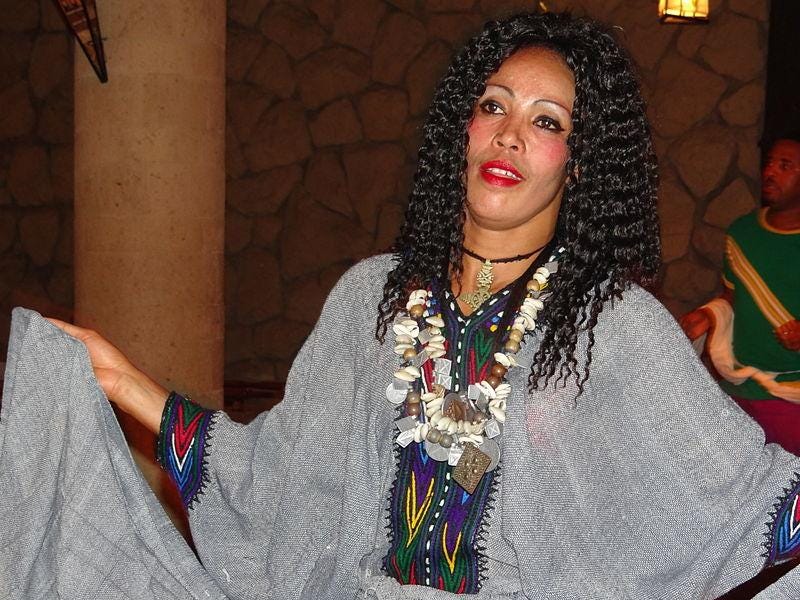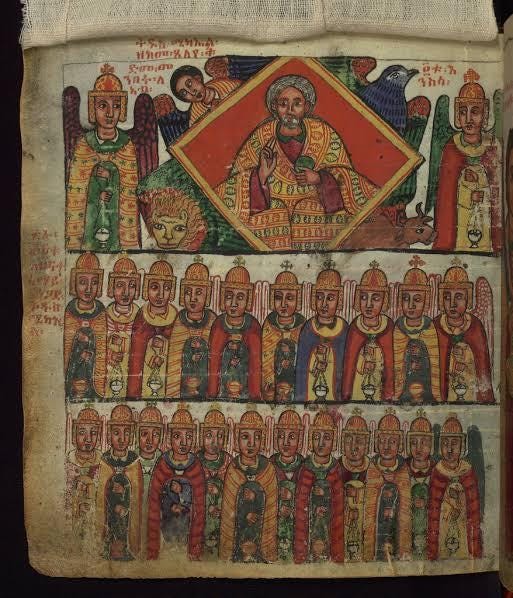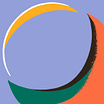5 Tips for Tourists in Ethiopia
Imagine a country dubbed “the land of promise,” where it is proven to be the source of humankind and where you see thirteen months of sunshine a year.
Formerly called Abyssinia, Ethiopia has plenty of natural attractions with the tallest mountain in Africa (Ras Dashen) and the lowest point (Afar Depression) at the same time! Home to Walia Ibex and the uncolonized African country. Without further ado, let’s get down to exploring this beautiful and amazing place.
If you are planning to make Ethiopia your holiday destination, you should be aware of some things. Starting from breath-taking historical structures to being cautious of skilled pick-pockets! Arguably Ethiopia is one of the safest places in Africa, one fact being that most Ethiopians take their moral and religious laws seriously. But while in Addis Ababa, especially around transportation terminals, you should be more aware of your surroundings. Never trust taxi drivers, they will overcharge you with some money so it is better to catch a ride with another native passenger if possible. If you happen to be a coffee-fanatic like me, love to watch beautiful places of mother nature, and crave delicious food, then I will point out the right places to be!
1. Visit historical landmarks!
One of the best things you can do while in Ethiopia is just visit historical places. It will help you understand the culture and roots of Ethiopia. Many of the old churches and other buildings are in good shape and available to view.
A. Lalibela: Lalibela is one of the famous and historical towns in Ethiopia. Built in the 12th Century by King Lalibela, it is dubbed as “The New Jerusalem” by tourists and registered as one of the spectacular buildings in the world by UNESCO, it encompasses 11 rock-cut churches called The Rock-Hewn Churches of Lalibela. It is found in the Northern part of the country.
Advice: Around here the people are very religious, so be very modest in your appearance, words, and actions.
B. Axum: At one time in history, Axum was home to Queen of Sheba and a site of the Ark of the Covenant. Axum is found in the northern part of Ethiopia. It is listed as one of the World Heritage Sites by UNESCO.
Advice: Axum is one of the most sacred places in Ethiopia so take caution not to show anything blasphemous. You will also find local photographers around the historical Axum Church, but they charge unusually high prices for foreigners. Having a local person with you can negotiate fair prices.
C. Harar: If your hobbies include feeding wild animals without bodily injury, Jegol, Harar is your dream destination. You will be amazed at how everyone there will befriend you in just a matter of seconds, even the hyenas, if you bring treats!
Advice: Harar is one of the safest places in Ethiopia and the people are known to be very friendly. It is always recommended to check the current situation because there's been some mild clashes with the government.
D. Tana: If you are in the mood to be on an island with centuries-old monasteries, the largest lake of Tana is definitely your place to be.
Advice: Overall, the local people are safe and they charge fair prices for your entire visit around the lake.
E. Bale: This mountainous national park is home to Ethiopia’s endemic animals such as the Mountain Nyala, Simien Fox, Giant mole-rats and Menelik’s bushbuck. If you want to see animals that aren’t typically found in American zoos, check out this park.
F. Simien Mountains National Park: Do you want to be on top of the world? Head over to this park with an elevation as high as 1500 meters, or 4900 feet. Home to the endemic Ethiopian Wolf, the Walia Ibex, and the Gelada Baboon, 3 endemic plant species, 5 indigenous bird species, and the endangered Lammergeyer, a vulture with a wingspan of 2 meters!
G. Gondar: If you have ever thought of having a royal-like feeling or treatment, Gondar is your spot with so many amazing palaces, castles, and churches. It was founded by King Fasiledes in the 17th century and has previously been the capital of Ethiopia. The Simien Mountains National Park and Lake Tana are very close by.
2. Why not sip coffee where it originated?
Ethiopia is said to have been the origin of coffee! Yes, you read that right. A region called “Kaffa” in Ethiopia is the birthplace of “Coffee” which brings joy into our lives every day. You can find coffee in cafes, on street corners and almost everywhere in the center, Addis Ababa.
Advice: There are two types of coffee served in Ethiopia, “Yejebena” which is percolated in “Jebena,” a local kettle made out of clay and “Yemashin,” which is made in a coffee machine, it tastes similar to espresso.
3. Come on, let’s grab some delicious food
Unlike any other African country, Ethiopia has a unique way of preparing food and it has Injera as a cornerstone. Injera is a kind of flatbread made from fermented tef. Tef is a gluten-free grain that is indigenous to Ethiopia. After laying out the Injera on a plate then you put on some wot (local for stew). Delicious as it is, you can also sip a local drink called Tej, do not worry it won’t make you boozy unless consumed in excess. :)
Advice: One thing to beware is that there is “berbere” almost in every wot which is a hot, spicy kind of chili peppers so better hold your ground. Instead, you can also order “Alcha wot” which is a stew without pepper.
4. Let’s shake a bit!
The traditional music in Ethiopia is exhilarating while the dance, locally known as Eskista will definitely make you forget your problems. There are a bunch of traditional nightclubs with their own dancers and singers in Addis Ababa and other cities. Once you see these friendly dancers, you have no choice but to join in!
Advice: Here you will find traditional singers, locally known as “Azmari” who are very bold and cheerful so be careful as they make fun of everybody and make sure you have a sense of humor up to your sleeves 😊 . It is customary to give a tip to these people.
5. Art galleries and history
While walking around in the city of Addis, you will find studios, galleries of many well-renowned artists, museums (National Museum is around 3 miles where you can visit the skeleton, Lucy the first human being), cultural institutes such as the German (Goethe Institute), French (Alliance Ethio-Francaise) and Italian (Istituto Italiano di Cultura).
Advice: Almost all of the people around these places are at least bilingual and they are also very nice people, so incidents involving tourists are limited.
Last but not least, throughout your visit in Ethiopia, you need to be very wary of the areas affected by yellow fever. According to WHO, except in the Afar and Somali region, you need to be well protected, especially if you are heading to the southern part of the country.
Ethiopia requires yellow fever vaccination certification for travelers aged 9 months or older arriving from countries with risk of yellow fever transmission and for travelers having transited for more than 12 hours through an airport of a country with risk of yellow fever transmission. We highly recommend that you check out Away Clinic to easily schedule an appointment for getting vaccinated and obtaining an approved International Certificate of Vaccination or a yellow card which is valid in all countries requiring yellow fever vaccination.



